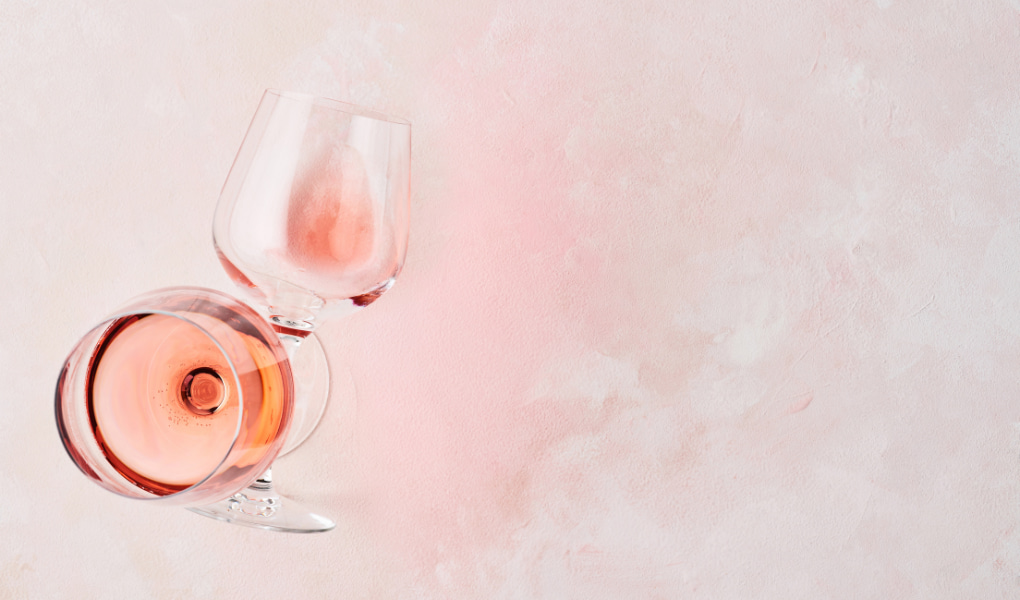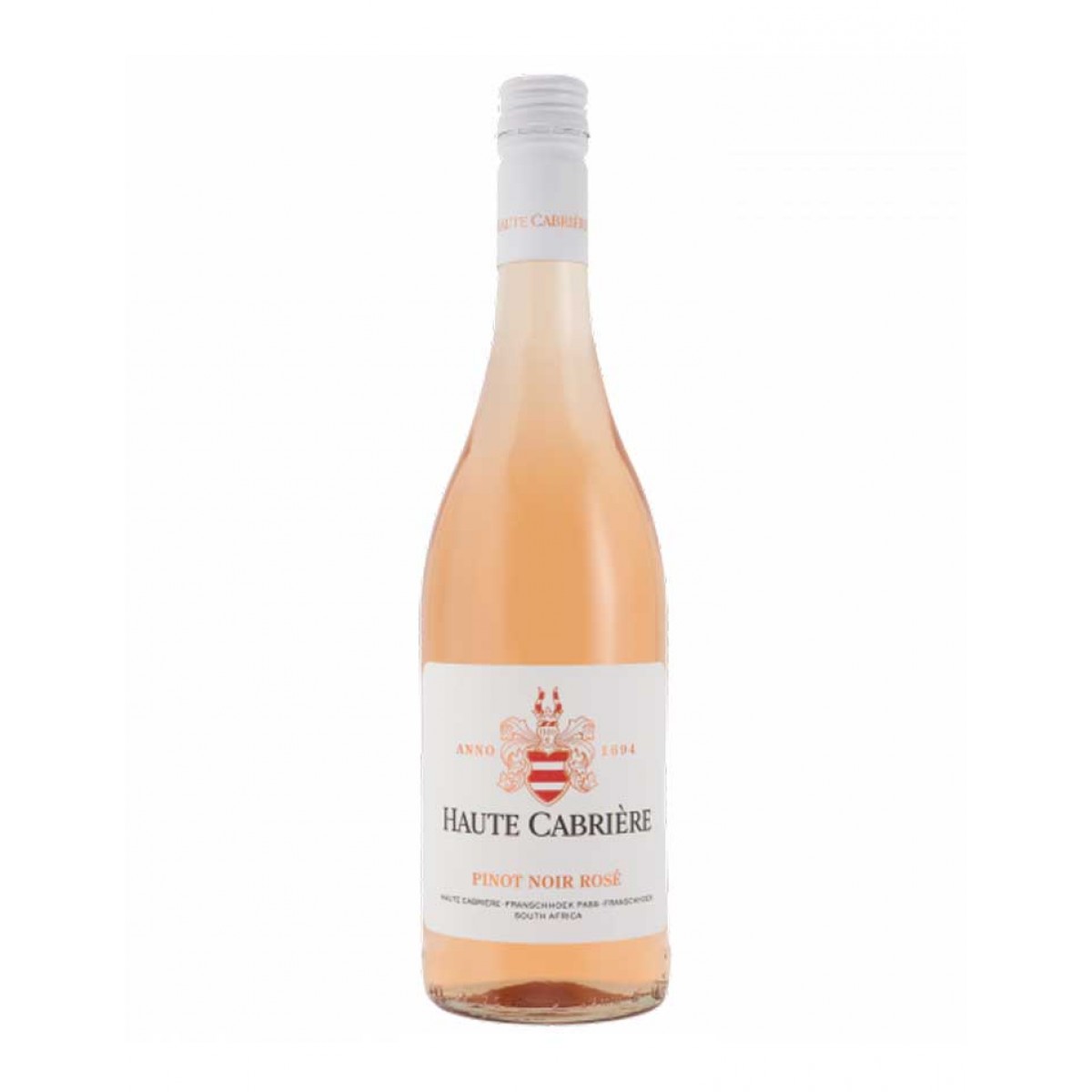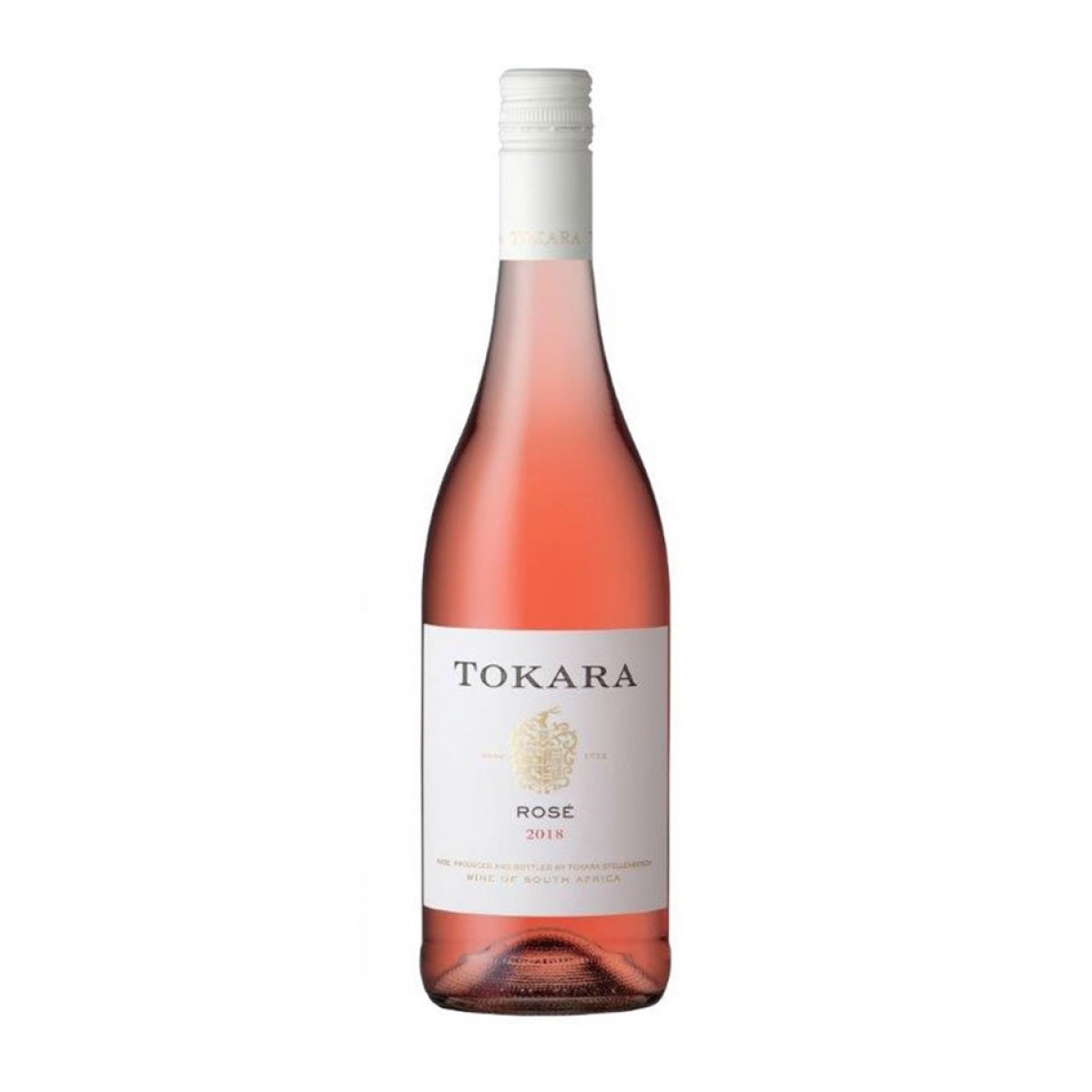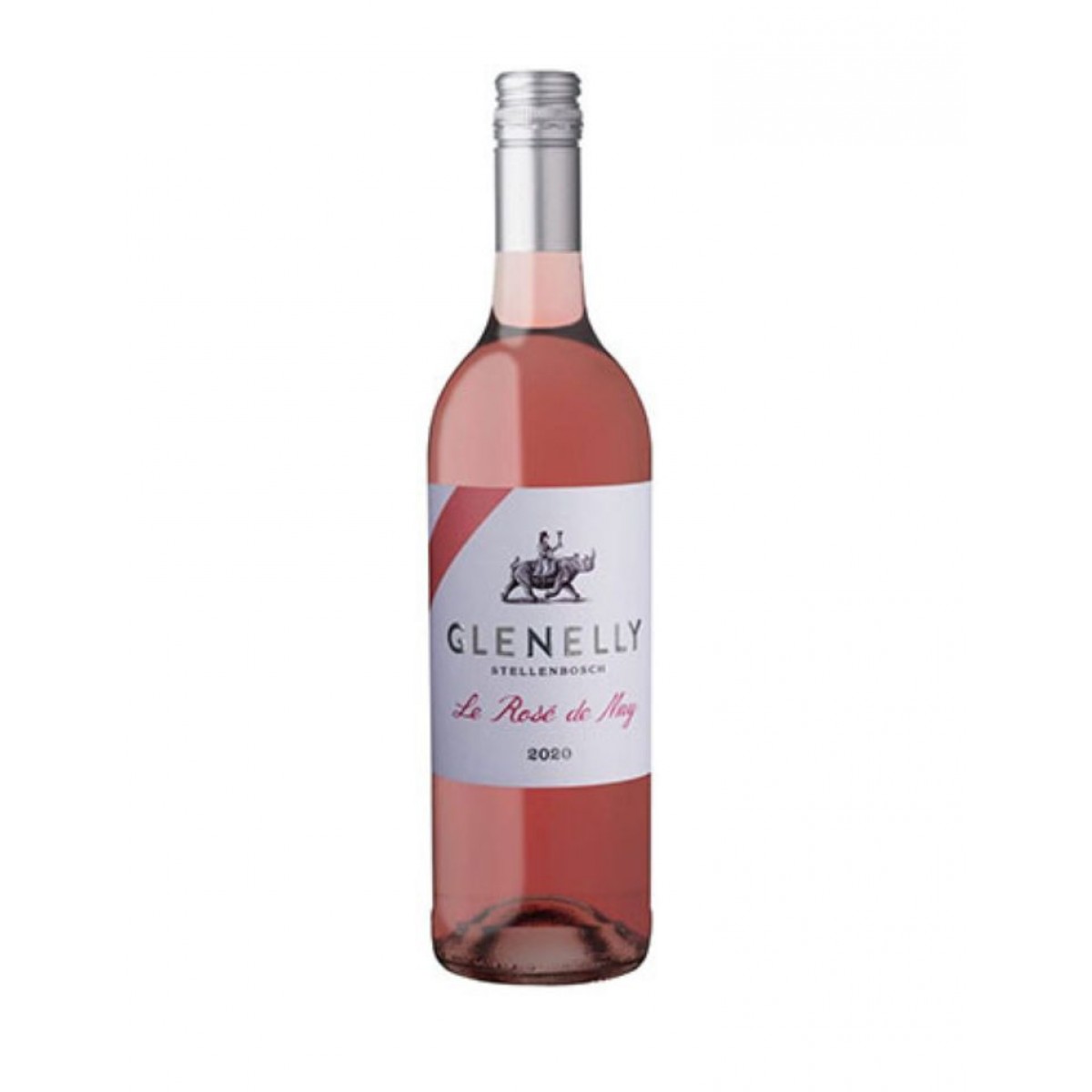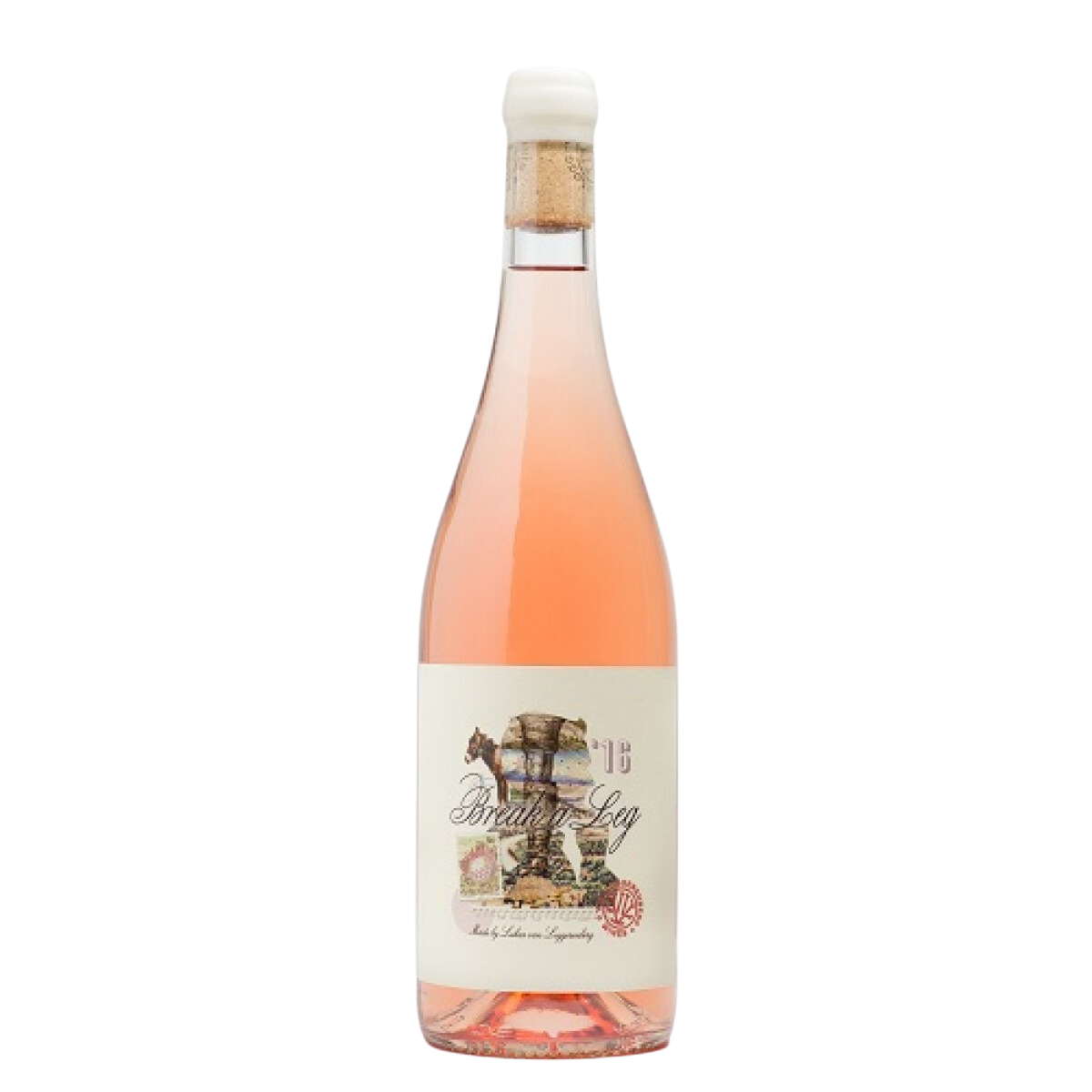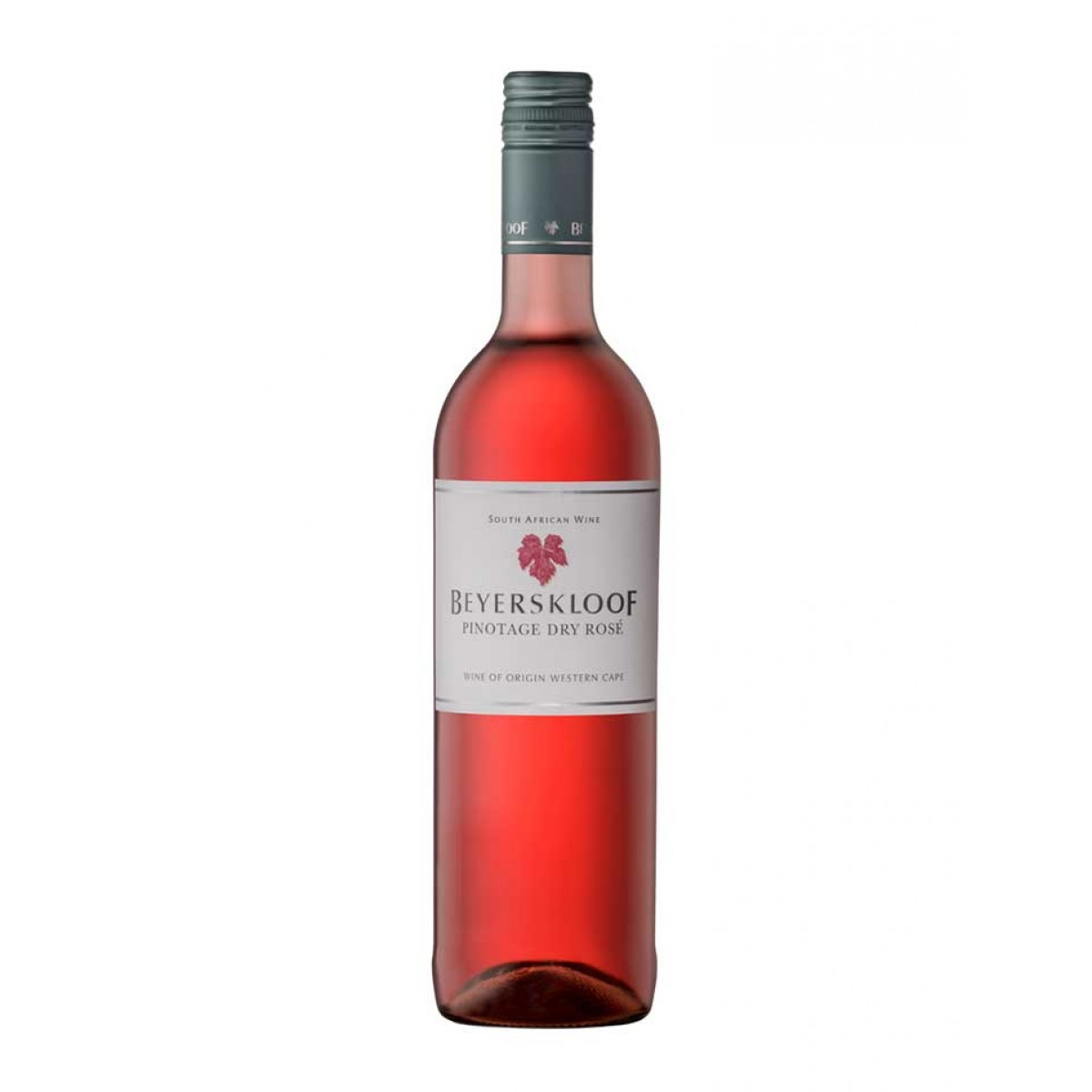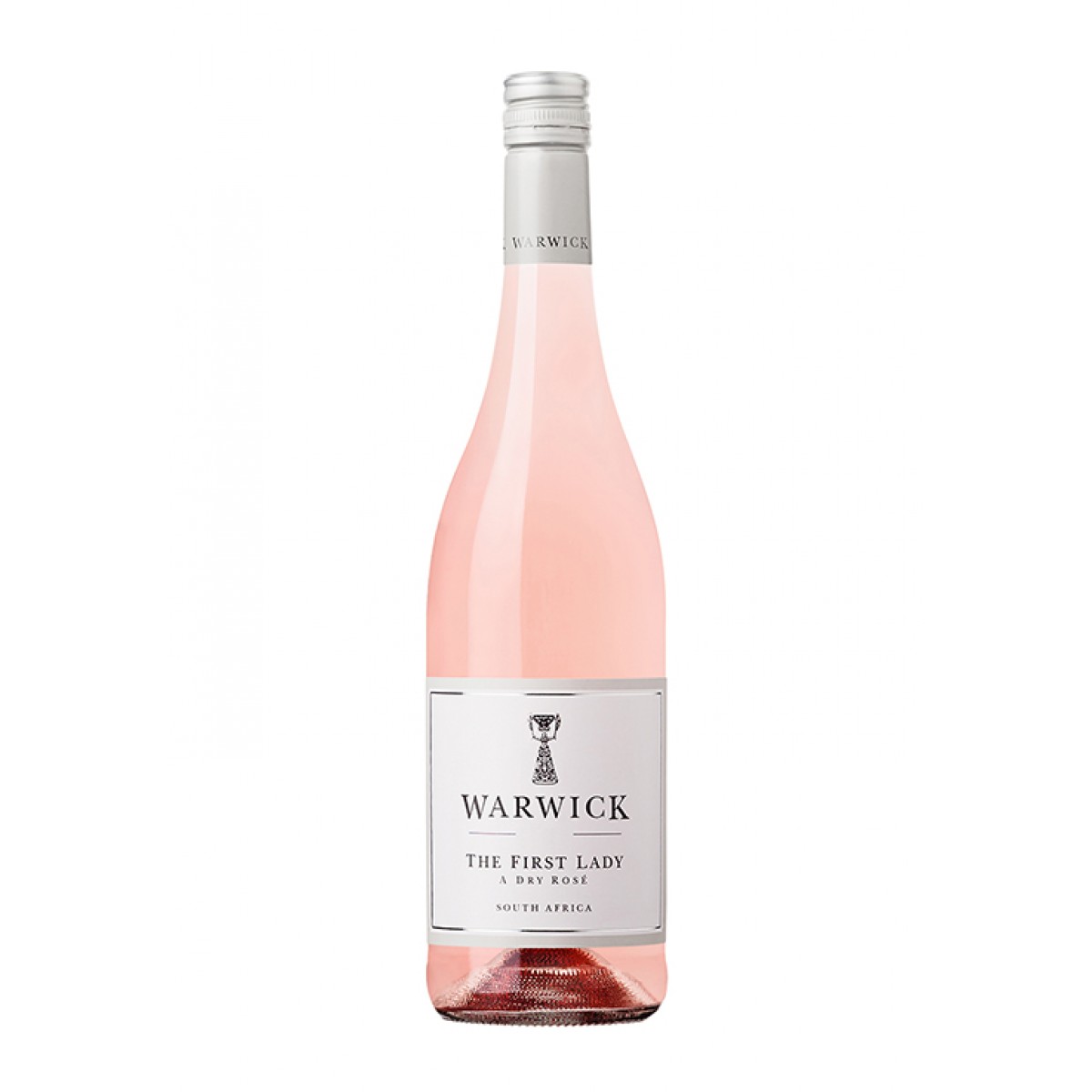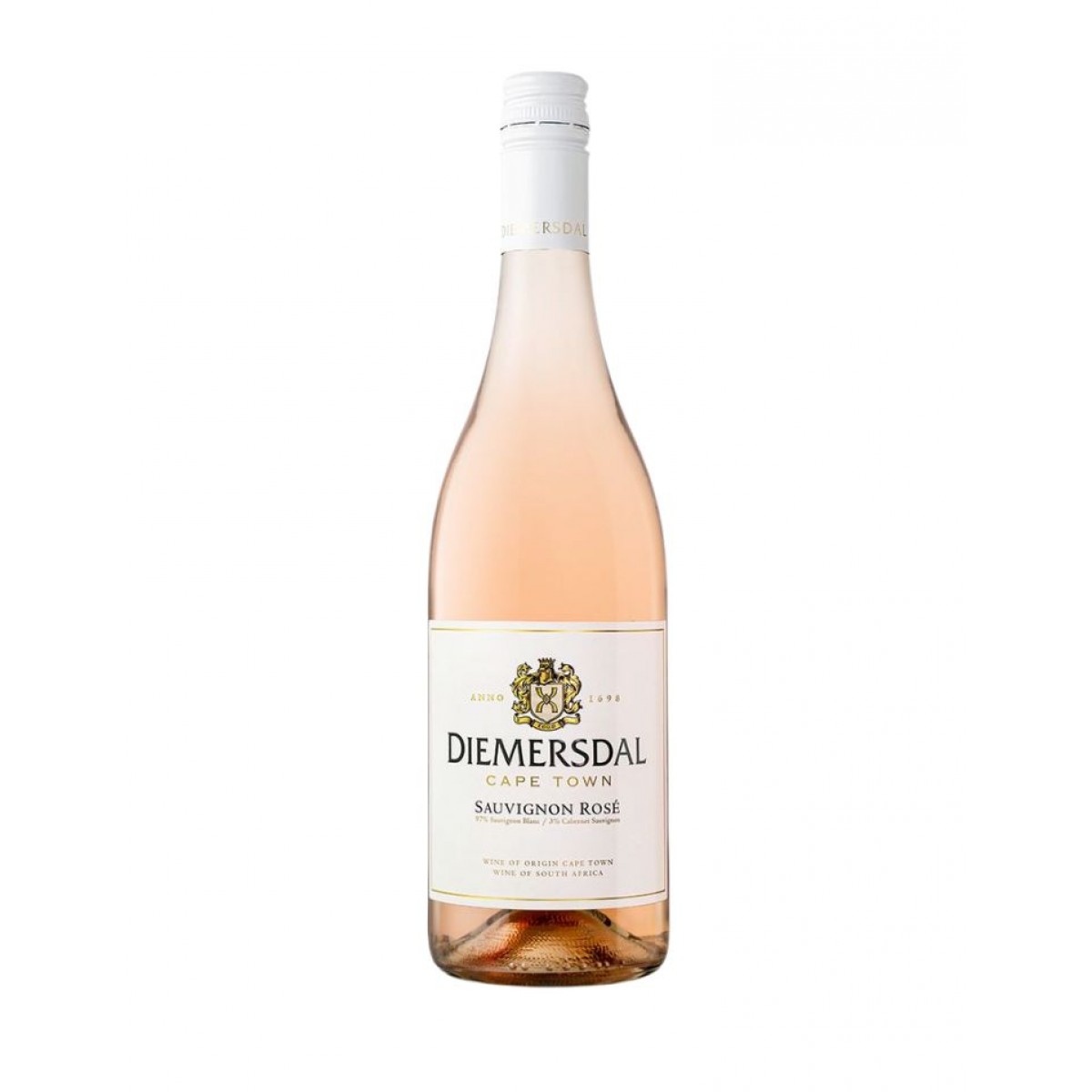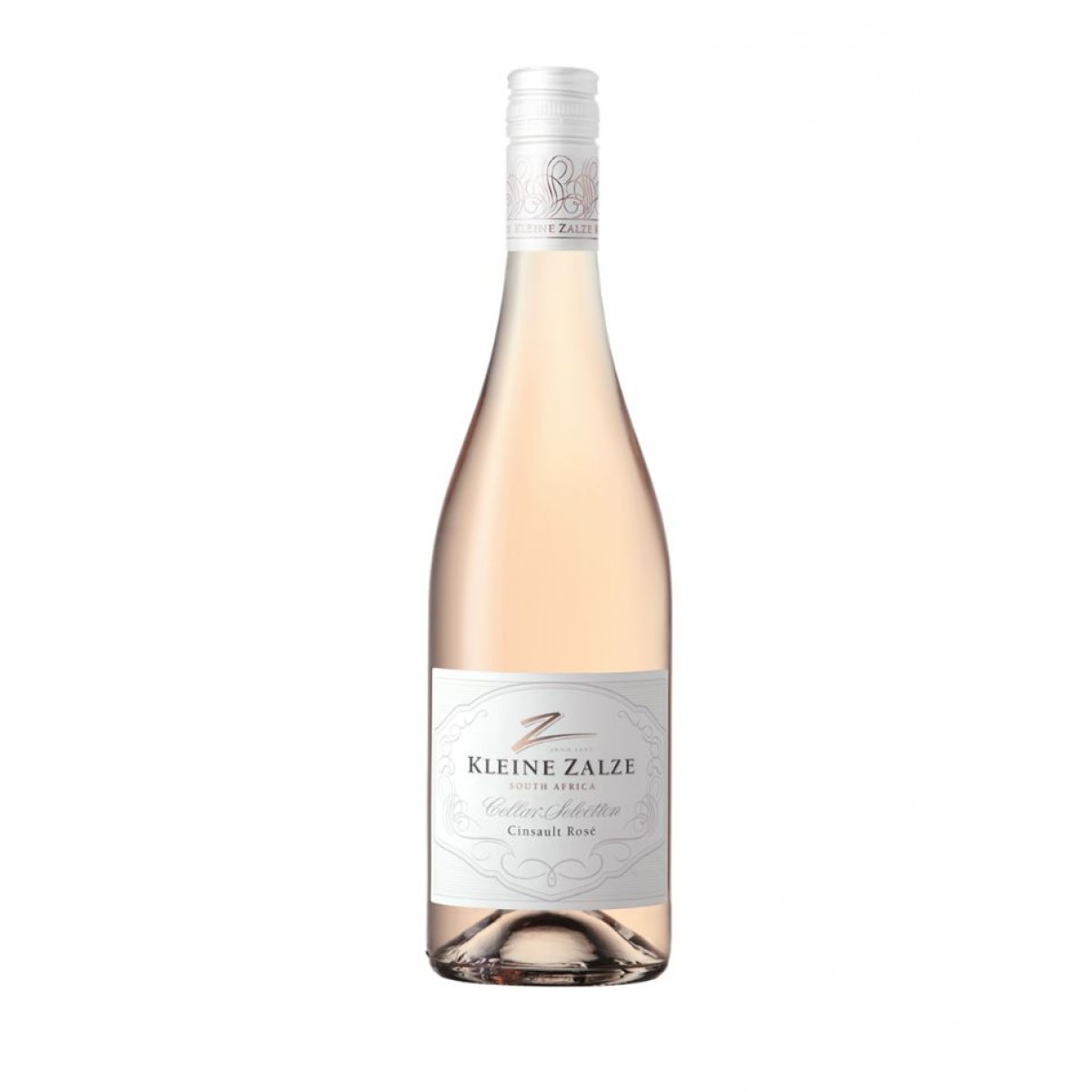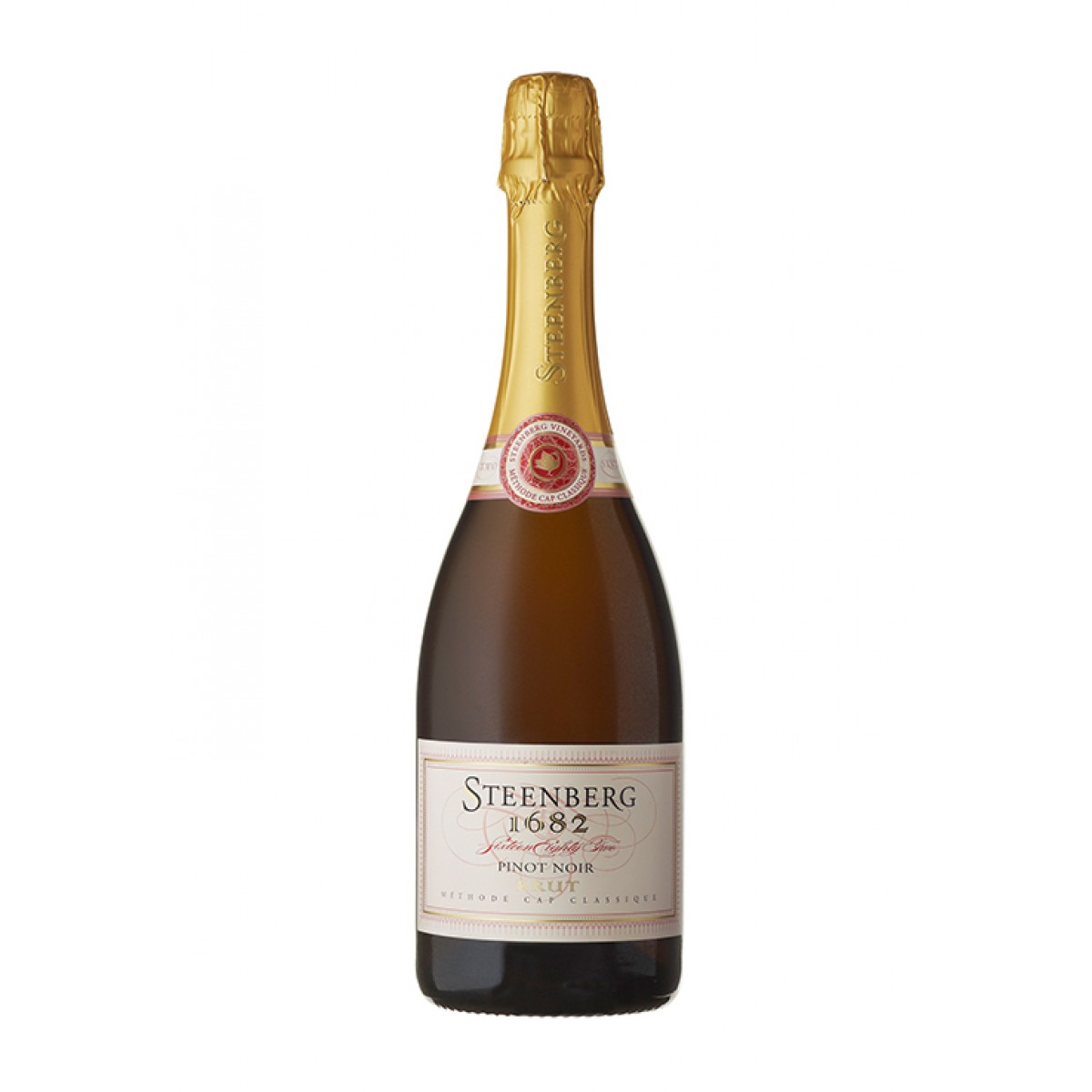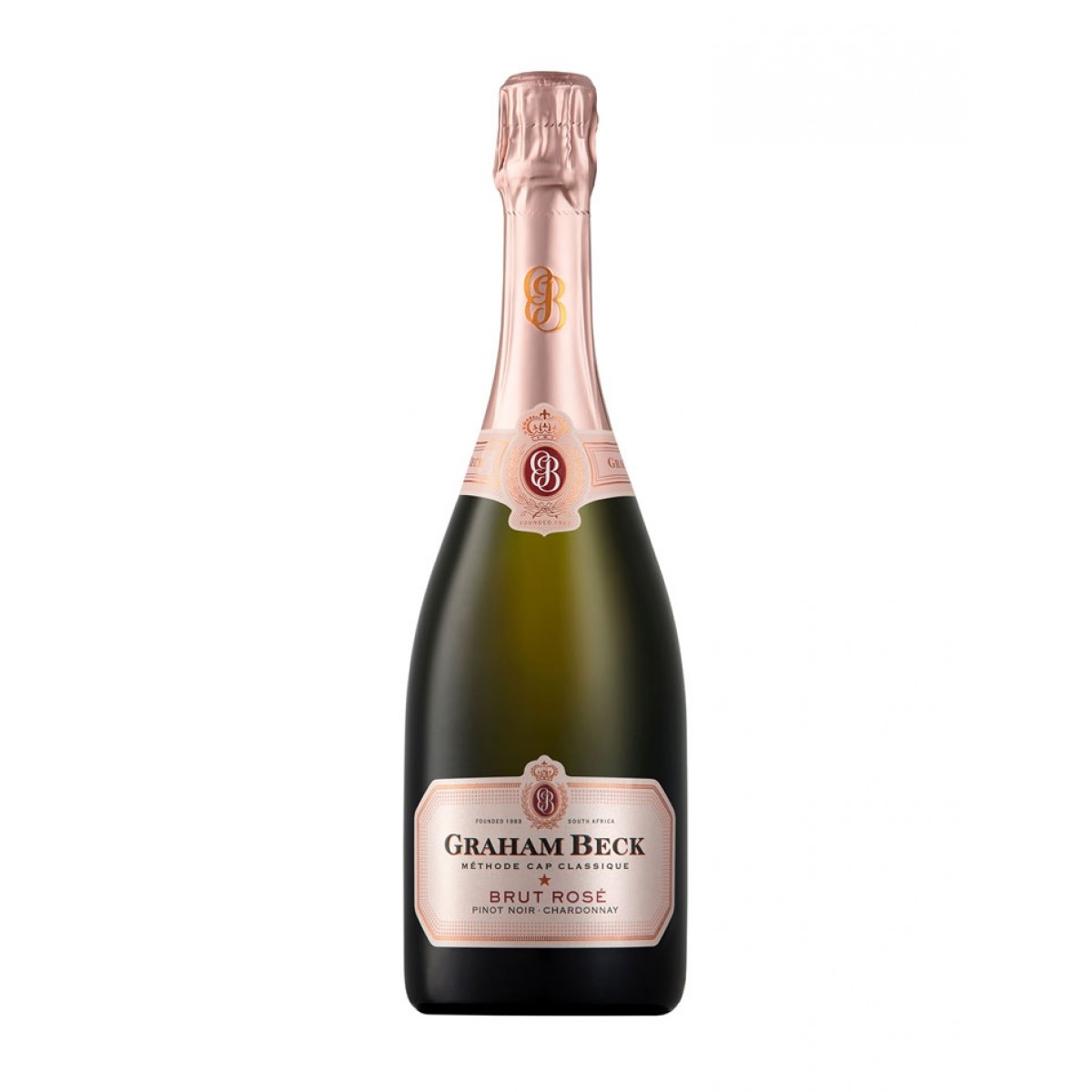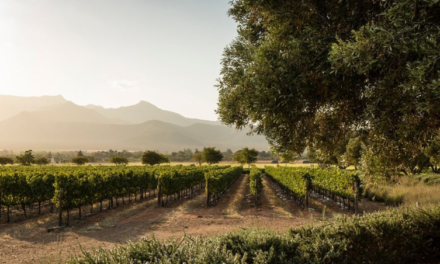Fact #13 – How does the rosé get its color?
We briefly explain what’s behind it.
Rosé wine was out of fashion for a while, but now it is happily back. Yet how is this fruity pink summer wine made and how does it get its bright color?
Rosé is made from red wine grapes. The pulp of red wine grapes is transparent, just like white wine grapes. The light color of rosé wine is determined by several factors, including the grape variety, the duration of maceration and the type of grape skins. As a rule, grape varieties with lighter skins are used for the production of lighter rosé. When the maceration period is short, there is less time for extraction of the color pigments, resulting in a lighter color. Additionally, the method of production can affect the color. When blending red and white wine, the color of the rosé wine is determined by the proportions of the two wines used.
It is important to note that the exact production of rosé wine may vary from region to region and from winemaker to winemaker. Each wine producer may have its own specific techniques and preferences in the production of rosé wine.
How is rosé made?
Basically, we have three main methods of making rosé wine: maceration, saignée method and blending.
-
Maceration:
This method uses red grapes. The grapes are pressed and the juice is left in contact with the grape skins for a limited time (usually a few hours to a few days). The skins contain pigments that give the wine its pink color. The longer the contact between juice and skins, the darker the color of the rosé wine. After maceration, the juice is separated from the skins and the fermentation process begins.
-
Saignée method:
This method is often used in the production of red wine. Part of the juice is drained from the fermenter (saignée means «bleeding» in French). This is usually done when the wine is still relatively young. The drained juice is then used to make rosé wine. Removing the juice gives the remaining red wine a more intense concentration. The drained juice is fermented separately and becomes the rosé wine.
-
Blend:
This method of rosé production is very uncommon for still rosé wines, but is somewhat more common in sparkling wine regions such as Champagne. In the blending method (also called the rosé sparkling wine method), which produces a wide range of light to heavy rosé wines, a little red wine is added to the white wine. This method of rosé production does not require a large amount of red wine. 5% – 20% red wine is enough to turn a white wine pink.
If the wine with the pink color in the still wines is usually rather a less expensive summer wine, it looks different with the sparkling wines. Rosé sparkling wines and above all rosé champagnes or MCCs are considered particularly noble and surpass their white cousins in price.
Rosé wines are not so well suited for long storage; they should be drunk young and fresh within one to three years. The light, rather sweet version fits very well as an aperitif wine, regardless of the grape variety. A strong rosé also goes well with olives, cheese and dried tomatoes.
Our Rosé wines
Six Pack Special >6 bottles
VAN LOGGERENBERG
Break a Leg Blanc de Noir – 2020
CHF 14.90 instead of 18.90
Our Rosé Sparkling Wines
All prices in CHF incl. VAT. Daily price as of 19.06.2023.
Offers valid while stocks last. Errors and price changes subject to change.

